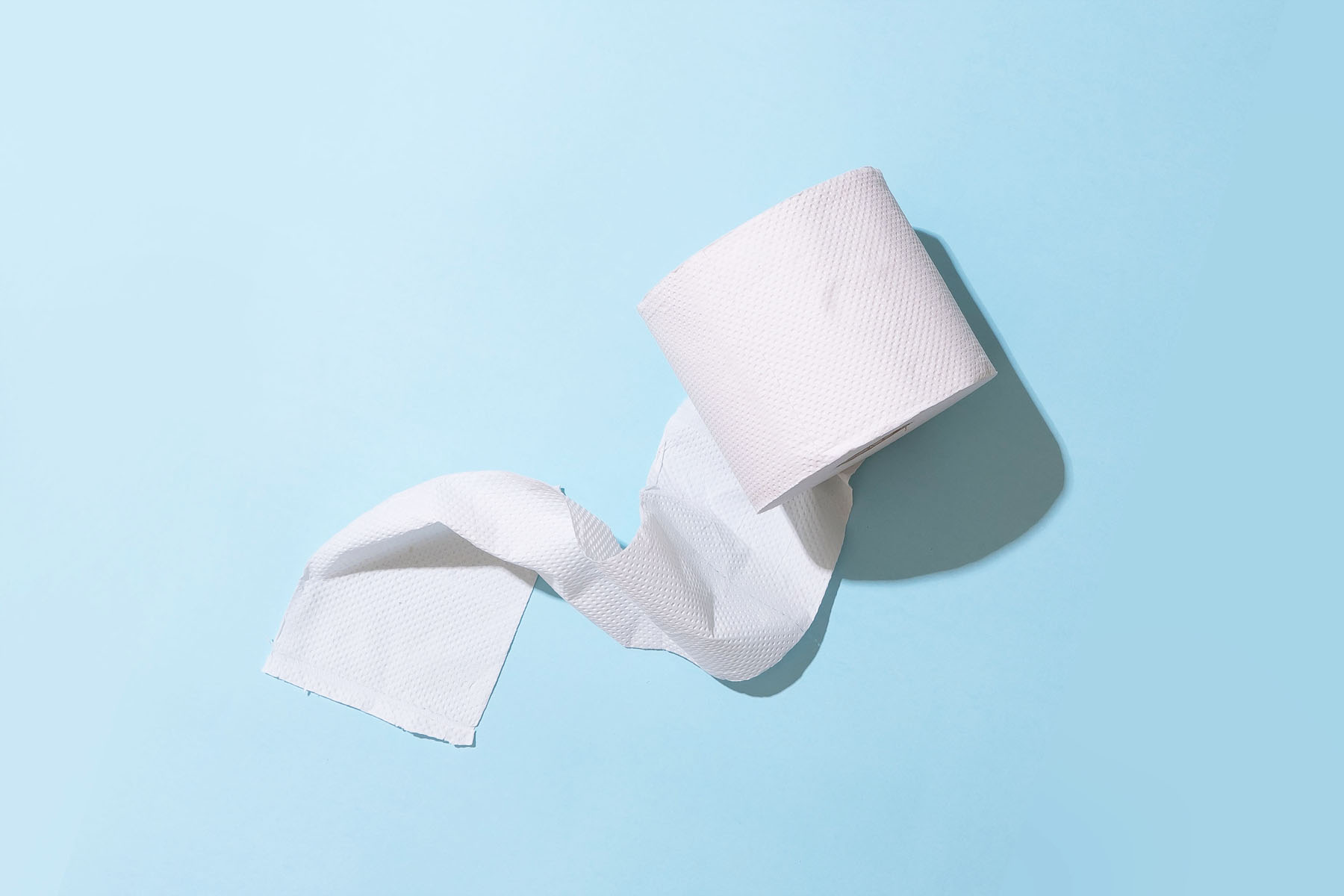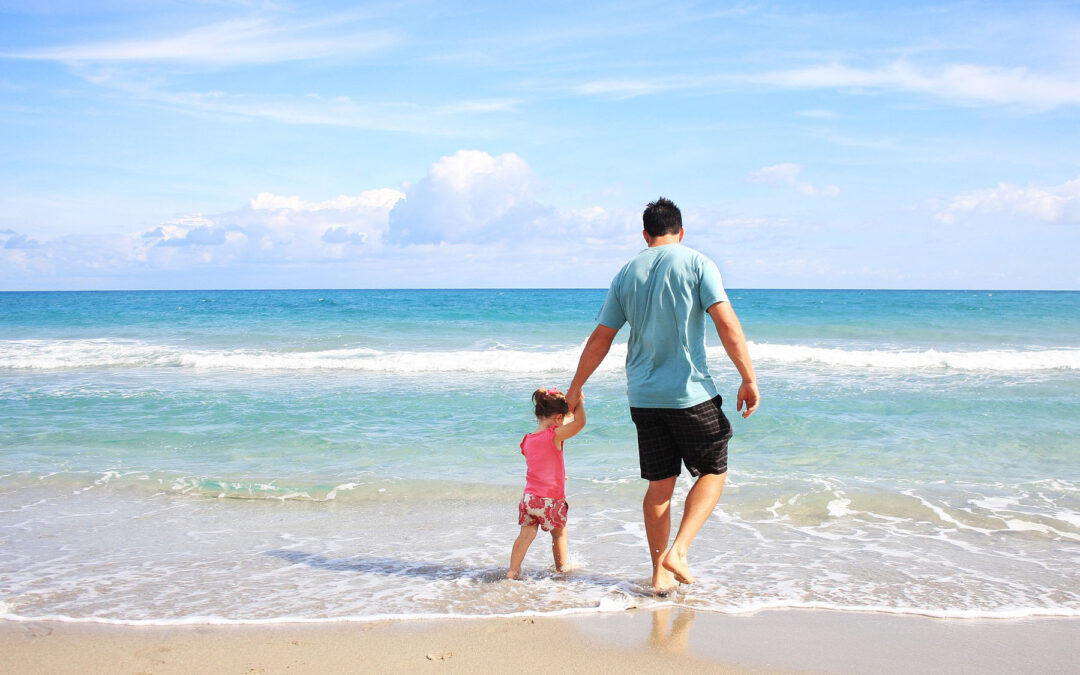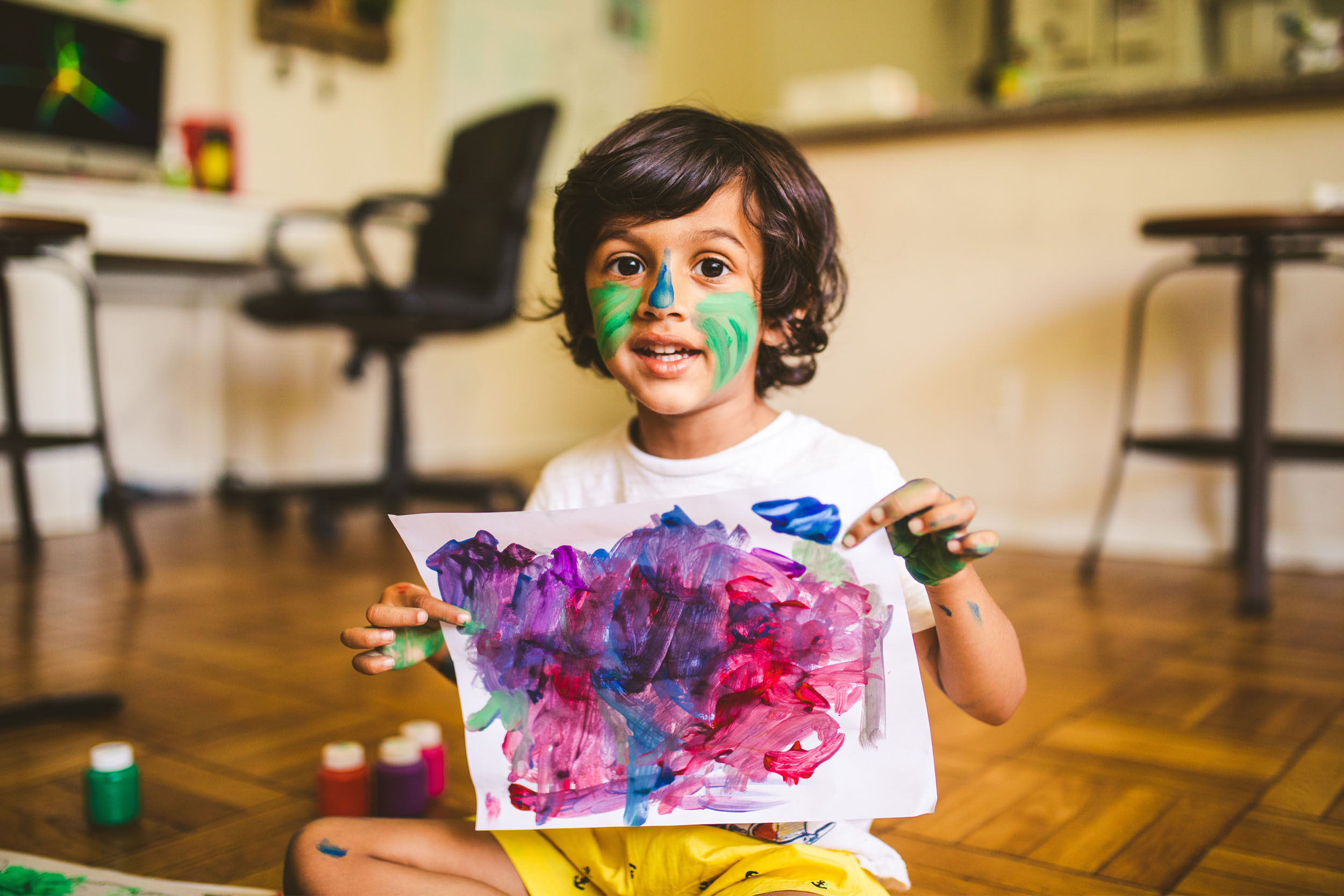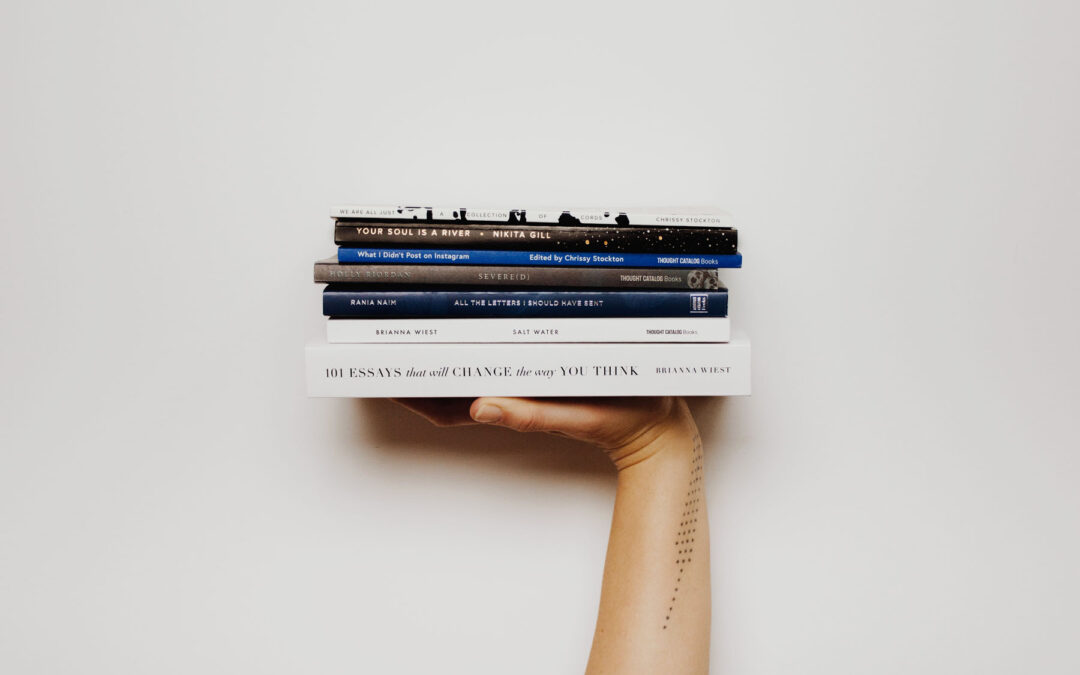6 Stages of Toilet Training: How to Potty Train From Start to Finish

This post contains affiliate links. Read our affiliate disclosure here.
Take a deep breath, hold it in, exhale. You can do this. The stages of toilet training can be hard, messy, and test your patience; but with the right tricks and tools you can make it a much smoother process for you and your child.
What Age Should You Start Toilet Training?
Some children show interest in the using the toilet before the age of one and some don’t show interest until they’re over three. It is important that you follow the lead of your child. If they are showing interest, there is nothing wrong with gently guiding them through the stages of toilet training no matter how young they are. If they are not showing interest, do not force them to start training or it could push their interest date even further out.
What Are Signs Your Toddler is Ready to Start Toilet Training?
Signs of interest include, but are not limited to:
- Interest in what mom or dad is doing in the bathroom
- Staying dry for longer periods of time during the day
- Retreating to a certain spot, such as behind the living room curtains, whenever they have to potty or poop
- Coming to you and patting their diaper to show you they have pottied
- Communicating to you before they potty or poop in their diaper
How to Prepare for Toilet Training
Pick a Method
There are several potty training methods out there. Methods that work for some children will not work for others. I feel like I tried them all when potty training my twins. For that reason, I am going to focus on what worked best for us; implementing the stages of toilet training slowly, over a long period of time.
Other great resources are the books Oh Crap! Potty Training by Jamie Glowackie and Potty Training in 3 Days by Brandi Brucks. We attempted the three-day method when our girls were 18 months and had moderate success; until regression set in. As much as I wanted to be done with diapers, our girls were simply not ready. Some people have had great success with the three-day method and if you think your child is ready, I say go for it!
Gather Supplies
Having the right tools is a great way to set your child up for success. Below is a list of items you may want to stock up on prior to implemenging the stages of toilet training. For your convenience, I have also linked my personal recommendation for each.
Disposable Training Pants
- DYPER – Free of chlorine, latex, alcohol, perfumes, PVC, lotions, TBT & phthalates. They use biodegradable packaging and their diapers utilize compostable components. These will help the stages of toilet training go much more smoothly.
Training Underwear
- Hannah Anderson – 100% organic cotton, Oeko-Tex certified training underwear. I suggest you get 6 pairs per child depending on how often you plan on doing laundry.
Potty Chair
- BabyBjörn Smart Potty – Built with BPA-free and PVC-free plastic, this low-profile potty chair is easy to clean, compact, and sturdy. It’s the perfect size for home use and for traveling. With two kids training at the same time, I bought one potty chair for the main bathroom, one for the play room, and one for Grandma & Grandpa’s house.
Toilet Training Seat
- BabyBjörn Toilet Trainer – Like its potty chair counterpart, this training seat is also BPA-free and PVC-free. Having a toilet training seat is great if you want to give your child the option of using the grown up toilet. I purchased one training seat for each of our bathrooms as well as one for Grandma & Grandpa’s house.
Toilet Training Stool
- BabyBjörn Step Stool – If you choose to buy a toilet training seat, you will also need a stool so that your child can climb up to reach the toilet. In any other circumstance I would spring for a wooden stool; but since the bathroom can be a dangerous slippery area, this stool is a safer option. It has a stable design that is hard to tip over and a rubber non-slip surface. This stool is BPA-free and PVC-free.
Disposable Wipes
- DYPER – If you choose to use disposable wipes, these are the best ones. The full ingredient list for their wipes is truly amazing: Viscose from 100% bamboo, reverse osmosis purified water, glycerin, aloe extract, and love. I dare you to compare that with the ingredients in the wipes you currently use.
Bath Towels
- Delilah Home – You are going to use a lot of towels in the near future. There were days when I literally covered our entire living room floor in towels. If you have a lot of towels at home already, that is great. If you need to stock up on more, I love the GOTS certified organic Turkish cotton towels from Delilah Home.
Waterproof Matress Protector
- Naturepedic – This breathable crib pad passes suffocation tests, is made with an organic cotton top layer, polyester bottom layer, and a Global Organic Textile Standard (GOTS) approved polyurethane barrier. If you do not need a breathable option, you can save a few dollars by getting this one. Naturepedic also sells waterproof matress protectors for all sizes, Twin – California King.
Waterproof Matress Protector
- Naturepedic – This breathable crib pad passes suffocation tests, is made with an organic cotton top layer, polyester bottom layer, and a Global Organic Textile Standard (GOTS) approved polyurethane barrier. If you do not need a breathable option, you can save a few dollars by getting this one. Naturepedic also sells waterproof matress protectors for all sizes, Twin – California King.
Laundry Detergent
- Molly’s Suds Ultra Concentrated Laundry Powder – You will undoubtedly be doing extra laundry during this transitional period. I love Molly’s Suds Laundry Powder because it is formulated for sensitive skin with only 5 earth-derived ingredients. You won’t find any synthetic fragrance, dyes, 1,4 Dioxane, petrochemicals, or known carcinogens in this soap.
Toilet Training Books
Leslie Patricelli has written a lot of amazing books for babies and toddlers which teach them several basic concepts of life, but my favorite one may be the book Potty. Another fantastic author is Elizabeth Verdick. She has written a lot of behavioral training books for young kids, including Diapers Are Not Forever. I suggest getting these two as well as a few others from the list below; which are all very character generic.
- Potty by Leslie Particelli
- Diapers Are Not Forever by Elisabeth Verdick
- Once Upon a Potty (for girls) by Alona Frankel
- Once Upon a Potty (for boys) by Alona Frankel
- Everyone Poops by Taro Gomi
- Even Firefighters go to the Potty by Wendy Wax
- Big Girl Panties by Fran Manushkin (Good if you plan on motivating your daughter with “big girl panties”)
- Big Boy Underpants by Fran Manushkin (Good if you plan on motivating your son with “big boy underpants”)
Pick a Reward Strategy
Some children are motivated to go through the stages of toilet training so they can become a “big kid”. Other kids are more successful when they work towards the goal of a reward. Rewards can give kids an extra boost of motivation to do what you want in order to get what they want in return. Before you begin potty training, choose your reward strategy.
Building Block Set: My favorite potty training reward is to purchase a multi-piece toy such as The Block Set from LOVEVERY. Put all of the pieces in a box and every time your child has a successful trip to the bathroom, they can pick out one block of their choice until they collect the whole set. This is a 70-piece set so it should last a very long time into your potty training journey.
Chocolate Chips: Chocolate chips are a great reward option for potty training. I recommend one chocolate chip for pottying on the toilet and two chocolate chips for pooping on the toilet.
Sticker Chart: Kids love stickers. If you’re not crafty enough to create your own potty chart, you can find great ones online. Award one sticker for potty and two stickers for poop. You can choose to give your child an additional reward each time they finish one of the sheets.
Stages of Toilet Training
The stages of toilet training are best introduced slowly. A non-agressive approach to toilet introduction will better transition your child on on their journey.
1. Read Books to Your Child
As soon as your child begins walking, start reading them books about potty training. This can be done long before they start showing interest. This is a non-intimidating way to introduce them to toilet training.
2. Have Your Child Watch You Use the Toilet
A great way for kids to learn is by example. If you’re comfortable having your child watch you use the facilities, it’s a great way to help them adapt to what will soon be their new normal. When possible, it is best for daughters to watch mothers and sons to watch fathers due to them having the same “equipment”. There is no need to talk about what you are doing the first few times, just casually leave the door open when you are eliminating so your child can see you doing it. After a while you can start describing the step-by-step process you take each time you go to the bathroom, including the importance of washing your hands.
3. Introduce the Potty Chair
When your child begins showing interest, you can bring out the potty chair. Because it’s important to have a toilet readily available, you may want to purchase more than one to keep in different rooms. Be sure to keep the toilet top of mind and for your child to be able to access it quickly. Seconds will count.
Having both a potty chair and training seat in your bathroom gives your child the option to prefer one or the other. Sitting on a training seat atop the grown up toilet helps your child feel important. It’s also great when you have two kids that have to potty at the same time.
No matter what precautions you take to protect your floors, you will more than likely get lots of potty on every floor in your home. Putting towels down underneath potty chairs will help alleviate some of the damage.
Transition your child to pull-on diaper briefs when they’re first introduced to their new potty chair. Pull-ons make it much easier for them to pull their diaper off and on and can eliminate frustration for both of you. Your child’s first introduction to their new toilet can be done with briefs on. Keeping their clothes on the first few times can help them transition comfortably. Once they are no longer intimidated, briefs should be pulled down every time.
If your child is squirming, touching their briefs or doing the potty dance, get them to the toilet fast. Encourage your child to sit on the toilet when they have TV time or while you read them books. If it’s been a couple hours since they’ve pottied and they have a dry brief, have them sit on the toilet and wait for the potty to come out. If nothing comes out, try again in 15 minutes. Have your child sit on their potty chair first thing every morning, before and after naps, and the last thing at night. Eventually they will get the hang of it.
Move one of your potty chairs into your child’s bedroom at night so that they have the option of using the toilet overnight as needed. When your child eliminates into the potty chair always give them words of affirmation. Have them pour the contents into the grown up toilet and flush it down. Do not forget the importance of teaching your child proper hand washing.
If you’re feeling adventurous, have your child run around pants-less. This is a great (and messy) addition to any potty training method and it can jump-start your child’s progress if they have hit a plateau. Lay as many towels as you can around the areas where your child spends most of his or her time. But remember, towels will not catch everything and you will get potty and poop on your floors.
4. Implement Rewards
It’s not necessary to introduce rewards right away. Get your child accustomed to the potty training process before introducing this element. When you feel the time is right or your child needs more motivation, you can introduce your reward system. Make sure to be consistent whether you reward with building blocks, chocolate, stickers or something of your own creation. Have an end goal in mind before you start your reward system.
For example, if you use the 70-piece block set mentioned above, your child should be fairly well trained by the time he or she earns all of the blocks. When that happens, your child will no longer receive a reward for pottying or pooping on the toilet once the set is complete. Make sure the ending of rewards is very clear to your child. Let them know that they are a big kid now and that you are very proud of them for what they have accomplished.
5. Transition to Training Underwear
Now that your child is fairly well trained, you can transition them to training underwear. Getting big kid underwear can also be a great reward or motivation for your child to train successfully. You can choose to transition earlier if you want. Some parents choose to bypass the diaper pull-on briefs all together and go straight to training underwear. In my opinion, the earlier a child transitions to training underwear, the faster they become fully trained – but the more messes you’ll have to clean up.
By using training underwear, children no longer have the safety or security they once had with diapers. When they potty in their training underwear, the underwear will get wet. They will then feel the wetness and the potty will run down your child’s legs and onto the floor. The great thing about training underwear is that they are still semi-absorbent which will make spills less severe for you, but the lesson will be just as effective for your child.
6. Transition to Training Underwear
Even once your child is fully trained during daytime hours, they still may have accidents at night. It is not uncommon for children to still potty during their sleep 6 – 12 months after they are daytime trained. Keep your child in training briefs every night until they only have occasional accidents. When you are ready to be done with trainers, overnight pants are great for occasional, light accidents.
Toilet Training Tricks & Tips
Toilet Training Tips for Boys
- Teach your little boy to potty while sitting first. Once he is fully potty trained in a seated position, then you can add the element of standing if you so choose.
- Once you have graduated to standing, float a piece of cereal in the toilet and have him aim his stream at it like it’s target practice.
Toilet Training Tips for Girls
- It is important for girls to learn the proper way to wipe. After pottying, show her how to pat the area dry. After a bowel movement, teach her the importance of wiping from front to back. Wiping from back to front can cause fecal matter to spread to her female parts and cause an infection.
- If your daughter complains that it hurts while she pees, she has abdominal pain, or she has an increased frequency of urination, she may have an infection and you should have her checked out by her pediatrician.
Toilet Training Tips for Parents
- Avoid negative words. Using words like “icky” or “stinky” when dealing with poop can make your child feel bad about what they have done and regress. Using praise words or high fives after a poop will encourage your child and make them feel proud of what they’ve accomplished.
- If your child is in daycare, make sure that you talk with your daycare provider to make sure you are on the same page when it comes to which method you are using. Consistency for your child is important to avoid unnecessary confusion. Many providers are more than willing to accommodate special requests when it comes to potty training.
- Potty training supplies are some of the things that are hard to find eco-friendly. Your local kid’s consignment shop is a great place to go if you want to buy or sell a used potty chair. Whether or not a new or used potty seat is in your future, make sure to pass yours along to another family in need when you are done with it (after sanitizing it of course) rather than tossing it into the garbage or recycling.
In Conclusion:
Remember, you can do this! There may be days when you have to clean up potty spills 10 times, but this is a transitional stage and it too shall pass. Be strong and supportive of your child. If you follow the stages of toilet training, they will be successful before you know it!
Other Articles You May Enjoy:
Share This Page on Social Media:
Let’s Be Friends
Follow The Smartest Sprout on Facebook and Instagram! Discover the latest parenting tips, activity ideas, and more! Plus, get deal alerts on our favorite educational toys and healthy family essentials!



